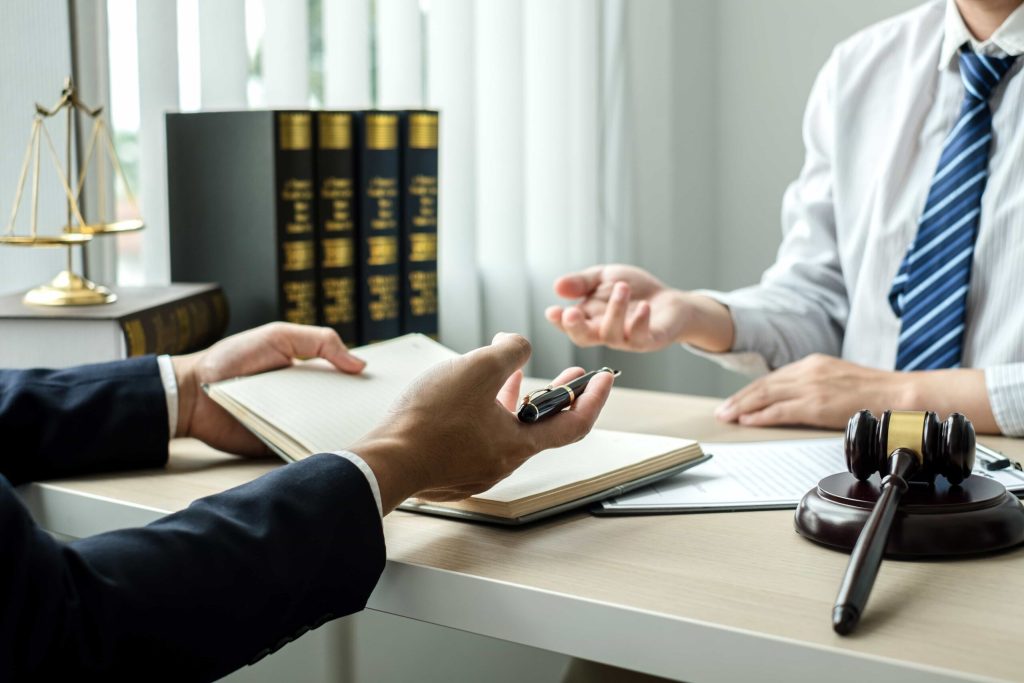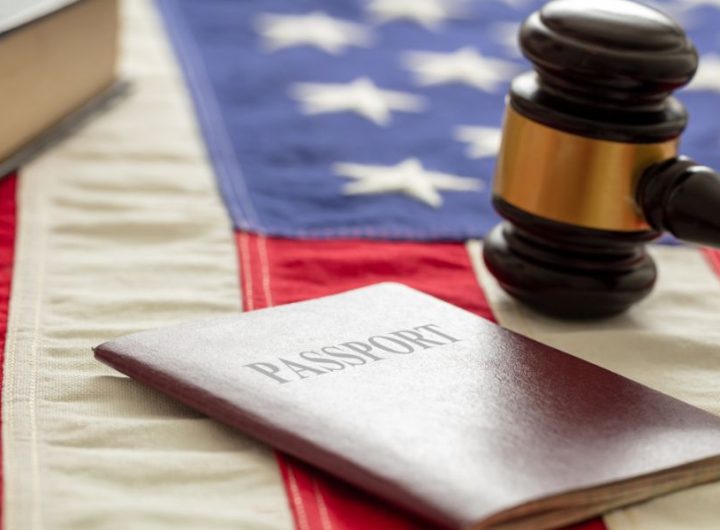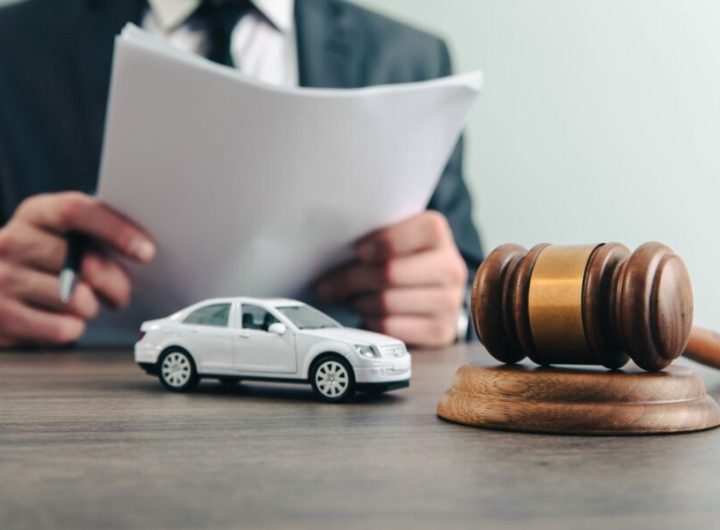
In Pensacola, it’s common for a single accident to straddle two legal lanes: workers’ compensation and personal injury. A delivery driver struck by a texting motorist, a construction worker hurt by a subcontractor’s crane, a nurse injured by a defective lift, each scenario can trigger overlapping rights. Understanding how the systems interact is key to maximizing recovery and meeting strict deadlines. With Florida’s evolving negligence laws and tighter statutes, strategic coordination matters more than ever. Local firms, such as Michles & Booth, regularly guide injured people through both tracks so they don’t leave money on the table or miss critical steps.
How workplace accidents overlap with broader injury cases
Workplace injuries aren’t always self-contained “on-the-job” events. They frequently involve third parties, vehicles, or unsafe premises, classic personal injury issues, alongside core workers’ compensation benefits.
Consider a few common overlaps in Pensacola’s Gulf Coast economy:
- A traveling employee rear-ended on I-110 while making deliveries. Workers’ comp should cover medical care and partial wage replacement, but a civil claim against the at-fault driver may add pain and suffering, full lost wages, and future losses.
- A shipyard electrician hurt by a defective power tool. Comp applies: a separate product liability claim against the manufacturer can address non-economic damages.
- A hospital tech injured by negligent security at a parking garage. Comp may respond because the injury stems from work, while a premises liability claim targets the property owner.
The short version: workers’ comp often keeps the lights on, medical care and a paycheck while healing, while a parallel personal injury case can deliver the fuller measure of damages Florida law allows against negligent third parties.
Determining liability for on-the-job and off-duty injuries
Liability is the pivot point that decides whether a separate civil case exists beyond workers’ compensation. In Florida, employers typically have immunity from civil suits when they provide workers’ comp (with narrow intentional-tort exceptions). But third parties have no such shield.
Key liability pathways include:
- Negligent drivers: Car, truck, and rideshare crashes are frequent. If a worker is within the course and scope of employment, comp applies, and the at-fault driver can still be sued.
- Premises liability: Property owners and managers can be responsible for dangerous conditions at job sites, warehouses, or customer locations.
- Product defects: Manufacturers and distributors face liability for unsafe tools, machinery, or vehicles.
- Subcontractor/general contractor negligence: On construction projects, different entities share space and duties: a negligent subcontractor can create third-party exposure.
- Employer exceptions: Rare, but where an employer’s conduct meets Florida’s intentional-tort standard, civil claims may be possible even though comp immunity.
Off-duty injuries also intersect. Florida’s “going and coming” rule generally bars comp for ordinary commutes. But, exceptions exist, such as a special errand for an employer, traveling employees, or employer-provided transportation. If comp doesn’t apply, a traditional personal injury claim (e.g., against a careless driver) may still proceed.
Florida now follows modified comparative negligence for most negligence cases. If an injured person is more than 50% at fault, they cannot recover in a civil claim. When fault is disputed, think multi-vehicle pileups or complex jobsite accidents, early investigation, scene photos, and witness statements can be outcome determinative.
Damages covering medical, financial, and emotional losses
Damages in these cases fall into two very different buckets: workers’ compensation benefits and civil (personal injury) damages.
Workers’ compensation typically provides:
- Medical treatment with authorized providers, including surgeries, therapy, prescriptions, and mileage.
- Wage replacement, often about two-thirds of average weekly wages (subject to caps) while the worker is out or on restrictions.
- Impairment benefits if a permanent condition remains, and sometimes vocational rehabilitation.
- Wrongful death benefits to dependents in fatal cases.
Workers’ comp does not pay for pain and suffering. That’s where third-party civil claims expand the picture:
- Economic damages: Full past and future medical expenses, lost wages, loss of earning capacity, household or attendant care, and out-of-pocket costs.
- Non-economic damages: Pain, suffering, mental anguish, loss of enjoyment of life, and, where applicable, loss of consortium.
- Punitive damages: Reserved for egregious misconduct (e.g., drunk driving).
Auto crashes can also implicate Florida’s no-fault system. Personal Injury Protection (PIP) benefits, often up to $10,000, may help with medical bills regardless of fault, but PIP is no substitute for a third-party claim when another driver caused the harm.
Because multiple payers may be involved (PIP, workers’ comp, health insurance, and a civil settlement), careful coordination and lien resolution are essential to ensure the injured person keeps as much of their recovery as possible.
Importance of timely legal action under Florida statutes
Deadlines in Florida are sharper than they used to be, and missing one can end a case before it begins.
Key timelines to watch:
- General negligence (most non–medical malpractice claims): Two-year statute of limitations for incidents after March 24, 2023.
- Wrongful death: Typically two years.
- Medical malpractice: Generally two years, with pre-suit requirements that affect timing.
- Workers’ compensation: Injuries should be reported to the employer as soon as possible, no later than 30 days in most instances. Petitions for benefits are time-limited, often within two years of the accident or one year of the last provided benefit.
- Auto PIP: Initial medical treatment must occur within 14 days to preserve PIP benefits.
Prompt action preserves evidence. In practice, that means requesting camera footage before it’s overwritten, sending spoliation letters, securing vehicle data, and getting expert inspections on machinery or job sites. A coordinated plan, often led by experienced Pensacola Personal Injury Lawyers, keeps both the comp claim and any civil case on track while meeting every deadline.
Workers’ comp as a foundation for accident recovery
For injured employees, workers’ compensation is usually the first lifeline. It opens the door to medical care and partial income without proving fault. In Pensacola’s mix of defense, healthcare, construction, and hospitality jobs, this safety net is vital.
Practical points that strengthen a comp claim:
- Report the incident immediately and describe every injured body part: late or incomplete reporting invites disputes.
- Follow up with authorized physicians and keep copies of work status notes and restrictions.
- Track mileage, out-of-pocket costs, and missed work, details that are easy to lose but matter later.
- Be cautious with recorded statements: accuracy is critical and inconsistencies can ripple into any related civil case.
Comp also has its own procedures: independent medical exams, utilization review, and, when necessary, mediation or hearings to obtain benefits. While comp doesn’t pay pain and suffering, it stabilizes the medical and wage picture, creating a foundation on which a third-party personal injury claim can build.
Civil lawsuits extending compensation opportunities for victims
When a third party contributed to the harm, a civil lawsuit can fill the gaps left by workers’ compensation.
Common third-party scenarios:
- A negligent subcontractor causes a fall from height on a downtown build-out.
- A parts supplier delivers a defective component that fails under load.
- A distracted driver sideswipes a company vehicle on Scenic Highway.
Strategic issues in these combined cases include:
- Fault investigation: Accident reconstruction, OSHA records, maintenance logs, and subcontract agreements help assign responsibility.
- Damages proof: Life-care plans, vocational experts, and economists translate injuries into future medical needs and lost earning capacity.
- Lien management: Under Florida law, workers’ comp carriers usually have a reimbursement lien on third-party recoveries. Negotiating that lien, and allocating fees and costs appropriately, can significantly increase a client’s net.
- Settlement sequencing: Sometimes it’s wise to resolve the civil case before finalizing comp benefits, or vice versa, depending on the medical trajectory and lien posture.
Handled correctly, the combination can yield comprehensive recovery: authorized treatment and wage checks from comp, plus full economic and non-economic damages from the negligent third party. Firms like Michles & Booth regularly coordinate both tracks so injured residents aren’t forced to choose between them.


 Uncovering the Realms of Property Division During a Divorce Case
Uncovering the Realms of Property Division During a Divorce Case  Estate Planning After Divorce: Protecting Your Financial Future in Boston
Estate Planning After Divorce: Protecting Your Financial Future in Boston  The Role of Evidence in Winning a Car Accident Claim in Atlanta
The Role of Evidence in Winning a Car Accident Claim in Atlanta  Exploring the EB-5 Investor Visa Program and Immigration Pathways in 2025
Exploring the EB-5 Investor Visa Program and Immigration Pathways in 2025  Workers’ Compensation Rights and Employee Protections in Washington State
Workers’ Compensation Rights and Employee Protections in Washington State  Smart Strategies a Harlem Personal Injury Lawyer Uses to Maximize Car Accident Settlements
Smart Strategies a Harlem Personal Injury Lawyer Uses to Maximize Car Accident Settlements